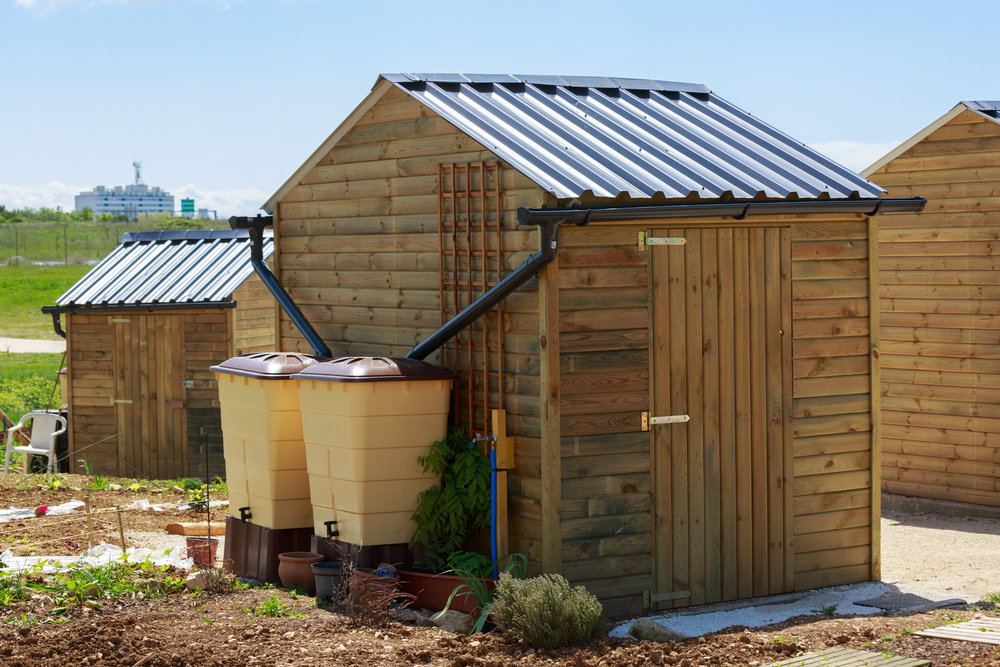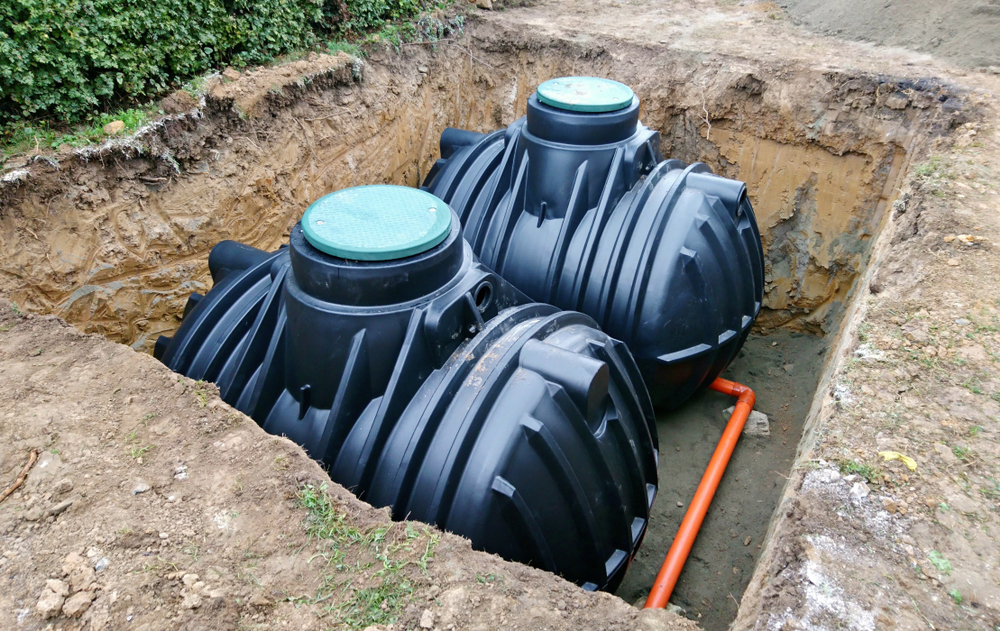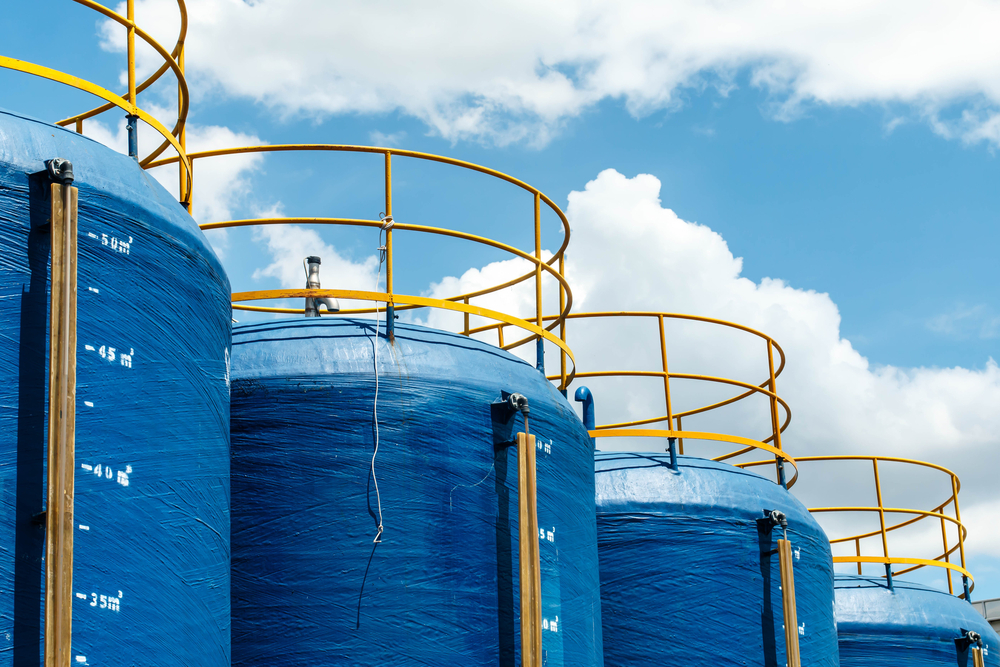Rain Water Harvesting Company in Pune
Rain Water Harvesting
We offer the most complete house renovating services in the country
We offer the most complete house renovating services in the country
Water, a precious natural resource, plays a substantial role in our lives. With an increase in the shortage of water in several parts of the world, it is beneficial to utilize measures that help reduce the increasing rate of water loss. It is important for people to be aware of the change in climate patterns and the alarming water shortage that we face currently and the impending danger of severe shortage in the future. There are several methods that can be implemented to tackle water scarcity problems. The best and efficient method is RAINWATER HARVESTING. The best thing about rainwater is that it is free from pollutants as well as salts, minerals, and other natural and man-made contaminants.
Rainwater harvesting is the practice of collecting and storing rainwater in natural reservoir's or tanks, or the infiltration of surface water into subsurface aquifers for future usage.
The rainwater collected can be stored and then used in different ways or can be directly used for recharge purposes. Groundwater levels have been depleting and climate conditions fluctuating, the practice of rainwater harvesting is useful to help lessen these effects. Rainwater collection can help recharge local aquifers.
This water conservation method can help conserve water supplies and also help bring significant cost savings for properties on water meters. It is a socially acceptable and environmentally responsible practice that promotes self-sufficiency.
Rainwater harvesting can be practiced in individual homes, apartments, parks, commercial and residential structures.
Rainwater harvesting is the collection and storage of rainwater for reuse on-site, rather than allowing it to run off. These stored waters are used for various purposes such as gardening, irrigation etc. Various methods of rainwater harvesting are described in this section.
In urban area rainwater flows away as surface runoff. This runoff could be caught and used for recharging aquifers by adopting appropriate methods.
It is a system of catching rainwater where it falls. In rooftop harvesting, the roof becomes the catchments, and the rainwater is collected from the roof of the house/building. It can either be stored in a tank or diverted to an artificial recharge system. This method is less expensive and very effective and if implemented properly helps in augmenting the groundwater level of the area

The surface that receives rainfall directly is the catchment of rainwater harvesting system. It may be terrace, courtyard, or paved or unpaved open ground. The terrace may be flat RCC/stone roof or sloping roof. Therefore the catchment is the area, which actually contributes rainwater to the harvesting system.
Rainwater from rooftop should be carried through down take water pipes or drains to storage/harvesting system. Water pipes should be UV resistant (ISI HDPE/PVC pipes) of required capacity. Water from sloping roofs could be caught through gutters and down take pipe. At terraces, mouth of the each drain should have wire mesh to restrict floating material.
In this method rainwater collected from the roof of the building is diverted to a storage tank. The storage tank has to be designed according to the water requirements, rainfall and catchment availability.
Each drainpipe should have mesh filter at mouth and first flush device followed by filtration system before connecting to the storage tank. It is advisable that each tank should have excess water over flow system.
Excess water could be diverted to recharge system. Water from storage tank can be used for secondary purposes such as washing and gardening etc. This is the most cost effective way of rainwater harvesting.
The main advantage of collecting and using the rainwater during rainy season is not only to save water from conventional sources, but also to save energy incurred on transportation and distribution of water at the doorstep. This also conserves groundwater, if it is being extracted to meet the demand when rains are on.

Groundwater aquifers can be recharged by various kinds of structures to ensure percolation of rainwater in the ground instead of draining away from the surface. Commonly used recharging methods are:-

Rainwater collected from rooftop of the building is diverted through drainpipes to settlement or filtration tank. After settlement filtered water is diverted to bore wells to recharge deep aquifers. Abandoned bore wells can also be used for recharge.
Optimum capacity of settlement tank/filtration tank can be designed on the basis of area of catchment, intensity of rainfall and recharge rate. While recharging, entry of floating matter and silt should be restricted because it may clog the recharge structure.
First one or two shower should be flushed out through rain separator to avoid contamination.
Recharge pits are small pits of any shape rectangular, square or circular, contracted with brick or stone masonry wall with weep hole at regular intervals. Top of pit can be covered with perforated covers. Bottom of pit should be filled with filter media.
The capacity of the pit can be designed on the basis of catchment area, rainfall intensity and recharge rate of soil. Usually the dimensions of the pit may be of 1 to 2 m width and 2 to 3 m deep depending on the depth of pervious strata.
These pits are suitable for recharging of shallow aquifers, and small houses.

Copyright © 2020 The SV group. all rights reserved.